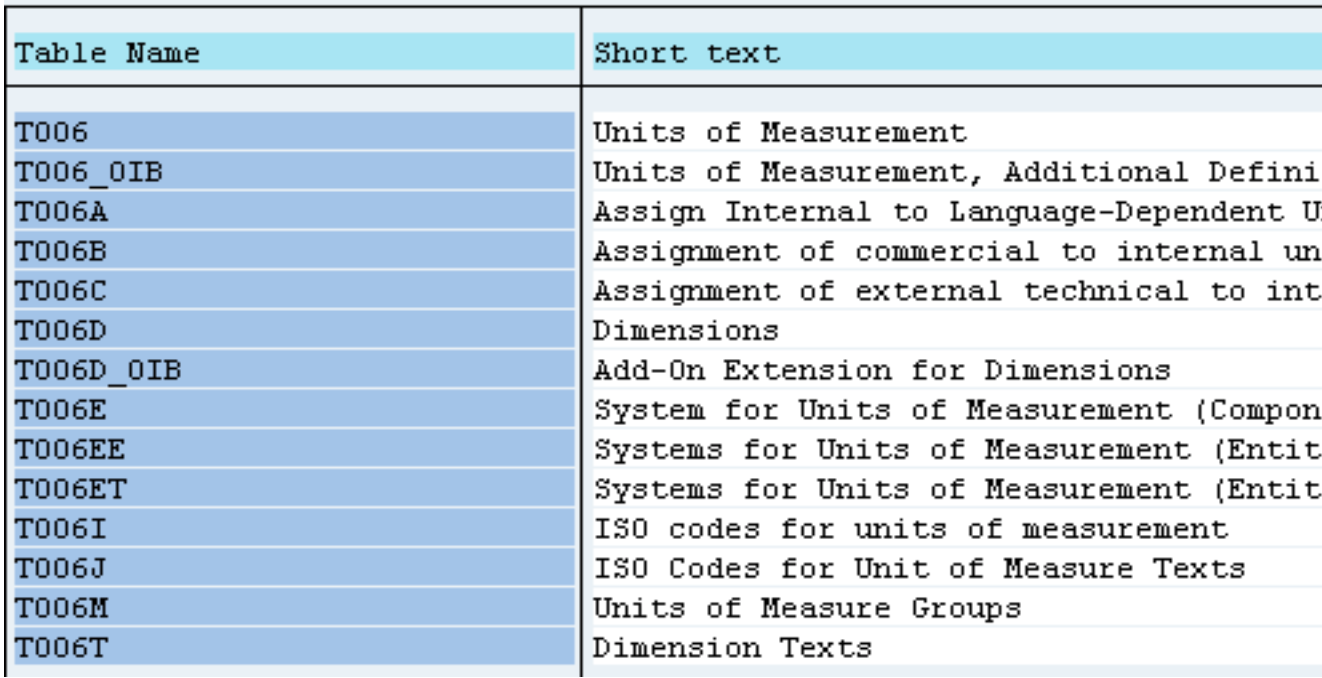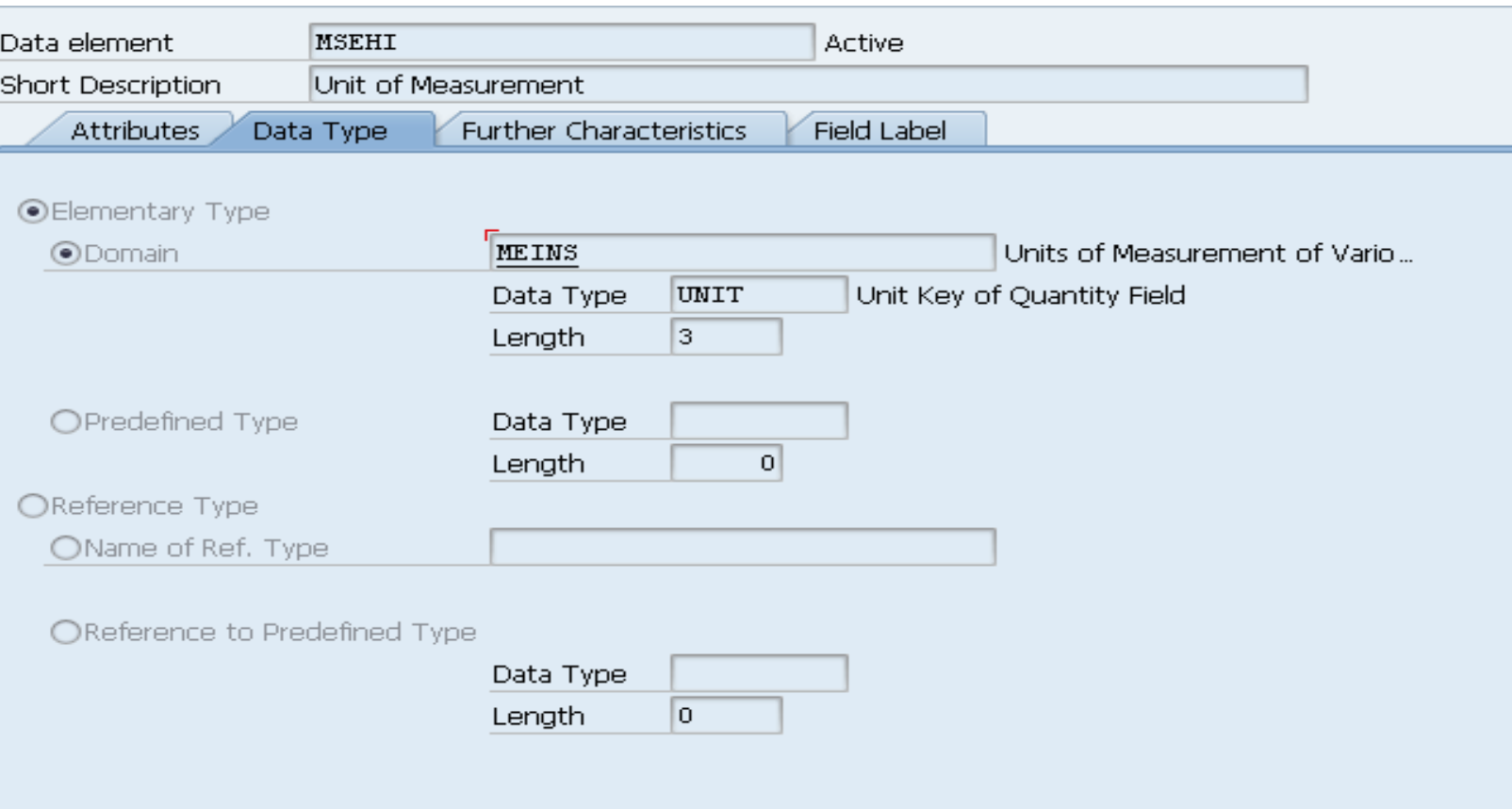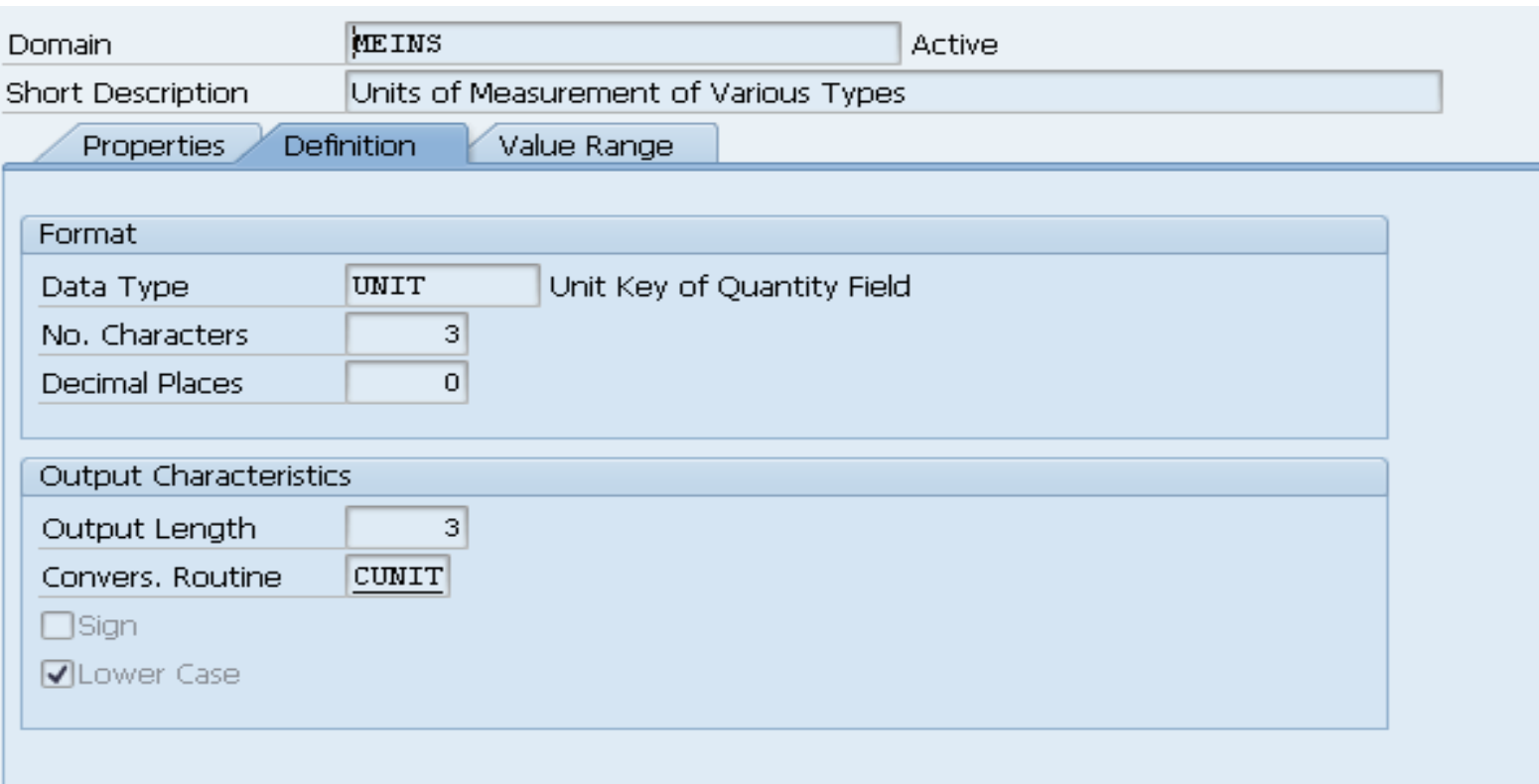October wasn’t just another month for the SAP developer community—it was a festival of innovation, collaboration, and code.
From September 29 to October 24, SAP Devtoberfest 2025 brought developers together worldwide for a month-long virtual experience leading up to SAP TechEd 2025 (Nov 4–6).
In this recap, we unpack what made this year’s event remarkable:
💡 Themed Learning Weeks – From ABAP Cloud and Fiori tooling to Integration, Data & AI, and CAP development.
🎮 Gamified Challenges – Hands-on coding contests, tutorials, and leaderboards that turned learning into play.
☁️ Cloud & AI Focus – Deep dives into SAP BTP, CAP, Kyma, and Joule—showing how AI and cloud-native innovation are shaping enterprise development.
🌍 Community & Open Source – A global, open-source-driven spirit that connected developers from the US to Berlin.
🌱 Tech for Good – A strong sustainability message encouraging developers to build code that creates real-world impact.
If you’re part of the SAP ecosystem—or simply passionate about cloud, AI, and enterprise apps—this reflection captures the key themes and lessons shaping the next wave of intelligent development.


























